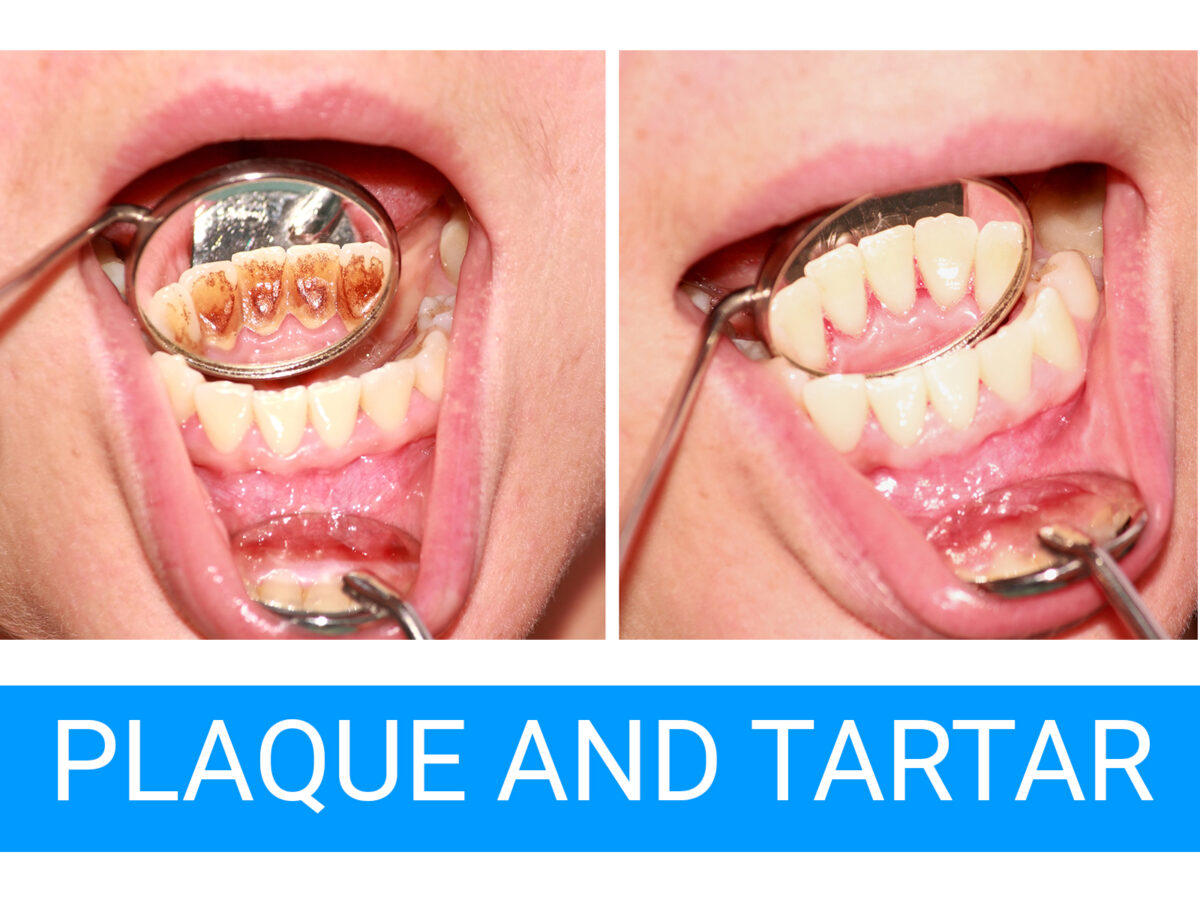Blog
Dental hygiene tips for healthy teeth & gums

What is the difference between plaque and tartar?
The two mortal enemies of healthy teeth and gums – plaque and tartar – are often interchangeably used. But, there are lucid distinctions between these two lethal depositions. Both plaque and tartar dramatically elevate the risk of cavities, gingivitis, and other dental conditions. Plaque is a soft, yellow or clear film of bacteria that a person can remove by brushing their teeth. Tartar, on the contrary, is darker in colour, and only a dentist or expert can remove it. It is noteworthy to state that if you allow plaque to build up and harden, you may be at the risk of developing tartar.
Knowing the differences between plaque and tartar can help identify early signs of many dental problems.
Plaque V/S tartar – knowing the differences
- Formation: Plaque is a collection of bacteria that live on the gums, teeth, tongue, and mouth. There are around 700 species of tiny organisms that live inside our mouth. Many of these living organisms or bacteria can join together to form a biofilm. A biofilm is a thick, sticky substance that protects bacteria, making them stronger and harder to remove. The slimy, yellow or clear film that a person sees on their teeth or between their gums is plaque. Plaque build-ups on your teeth throughout the day you have eaten. The formation of plaque is more potent after eating carbohydrates or sugary foods and beverages. If plaque is not removed, it calcifies by trapping calcium or other minerals from the saliva and hardens. Hardened plaque is called tartar or calculus. Tartar can blotch the teeth and make them look discolored.
- Appearance: Plaque is described as a fuzzy feeling when you rub your tongue across your teeth. It is generally colourless or very light yellow. Tartar may feel rough and have a solid yellow or brown appearance.
- Removal: Regular and proper brushing and flossing are ways to remove plaque. Regular dental appointments can help eradicate plaque as dental cleaning enables to find and remove plaque that a person usually misses. Moreover, dental scaling or deep cleaning removes plaque beneath the gums. A person cannot remove tartar or calculus at home. Tartar is hard, and attempting to scratch or pull can damage the teeth. Dentists and expert are trained to remove tartar via a professional cleaning. At times, scaling and root planing may be recommended to remove tartar.
- Signs: Some signs for plaque on the teeth are chronic bad breath as the bacteria that form plaque may stink, teeth may feel fuzzy or slimy, white or yellow goo on dental floss and bleeding or painful gums. On the other hand, discolored spots on the teeth, particularly along the gums and between the teeth, are vital signs of tartar formation. Hard, rough patches on the teeth and swollen, painful or bloody gums are some other signs of tartar.
Both plaque and tartar lead to dental problems. But, the extent of dental issues associated with calculus is much greater than that of plaque. As such, periodontal diseases are much more typical with calculi than dental plaques.
In case of discomfort in teeth or gums, visit your nearest dentist at the earliest.
Book Appointment to find out which treatment might be best for you.


